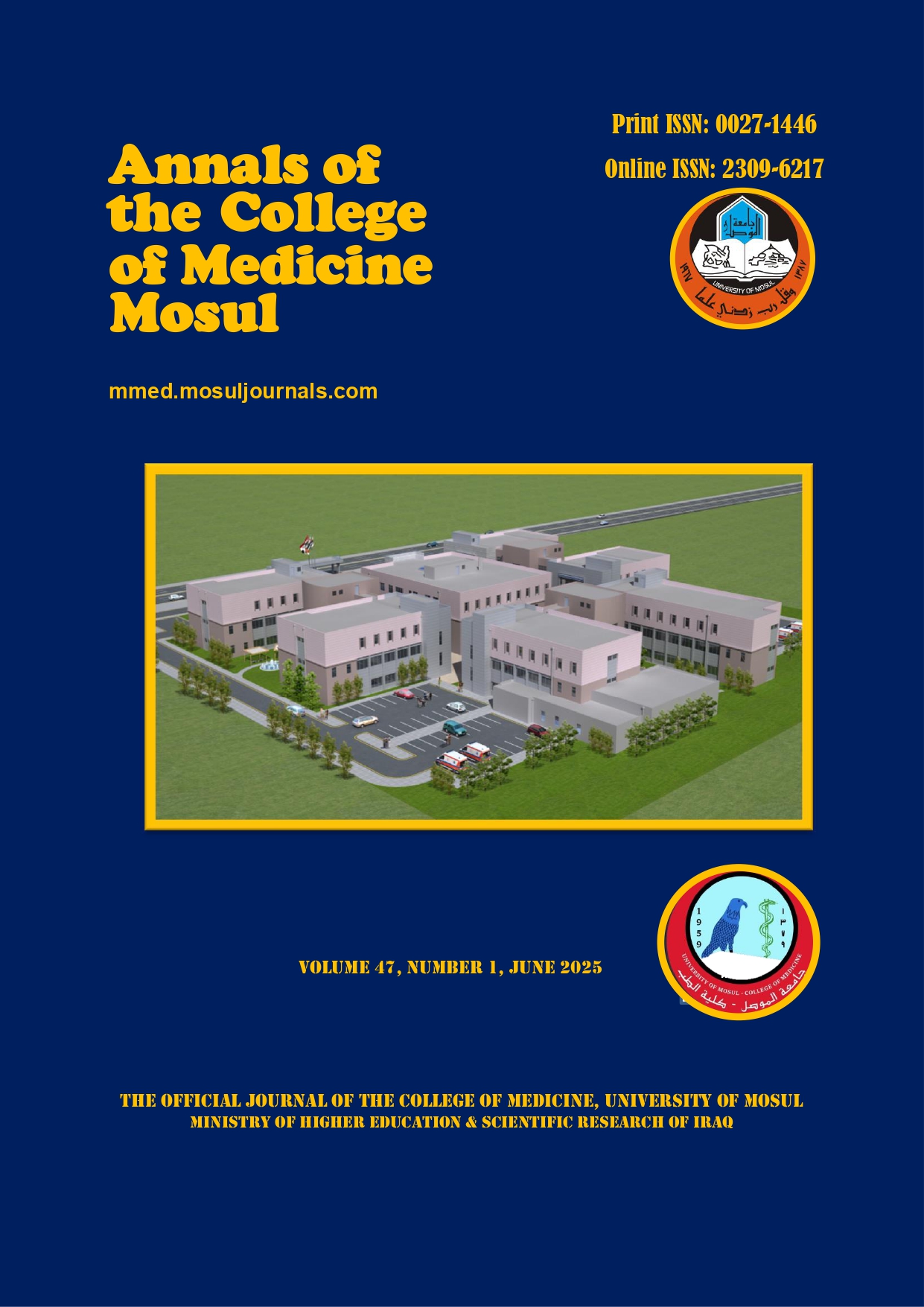Lipid Profile in Pre- and Postmenopausal Women and Variations in Lipid Levels According to Menstrual Cycle Phases
Abstract
Background: The menopausal state is normal physiology in the aging action, and it refers to the stop of reproduction with the end of cyclic ovarian activity. The lipid profile in many research studies was higher in postmenopausal women than in premenopausal women. In premenopausal women, the changes in circulating plasma levels of sex hormones each month are still present, and their potential impacts on Cholesterol, lipoproteins, and ischemic heart risk levels.
Objectives: The current study aims to assess the lipid profile in postmenopausal and premenopausal ladies with normal weights and compare the lipid levels in the follicular and luteal phases of the premenopausal one in Mosul City.
Methodology: The analytic study was carried out on 60 postmenopausal women aged between (49-65) years and (75) premenopausal women ranging from (20-44 ) years with regular menstrual cycles. The BMI were ( 23.431.04) and (24.80 0.01) for pre and postmenopausal groups respectively. Lipid profiles have been done for both groups; samples of the premenopausal women group were taken in the follicular phase between (4- 8) days of the menstrual cycle, and a second sample was taken by asking the women to come back in the luteal phase in 21 - 25 days. Only 68 women shared in the follow-up study.
Results: The current study shows a high serum cholesterol, triglyceride, LDL level Total Cholesterol/HDL ratio, and a low HDL cholesterol level in the postmenopausal group compared to women having a regular cycle (p<0.001). In the premenopausal group, significant differences in lipid profile during the cycle phases were not found (follicular and luteal ).
Conclusions:
1.Serum cholesterol, triglyceride, LDL, and total Cholesterol/HDL ratio were higher, and serum HDL cholesterol levels were lower in the postmenopausal group compared with ladies with a regular cycle and normal BMI in Mosul city.
2.The triglyceride and LDL were somewhat higher in the follicular phase when the hormone estrogen and progesterone levels were lower than those in the luteal phase, but statistically, they were insignificant.
